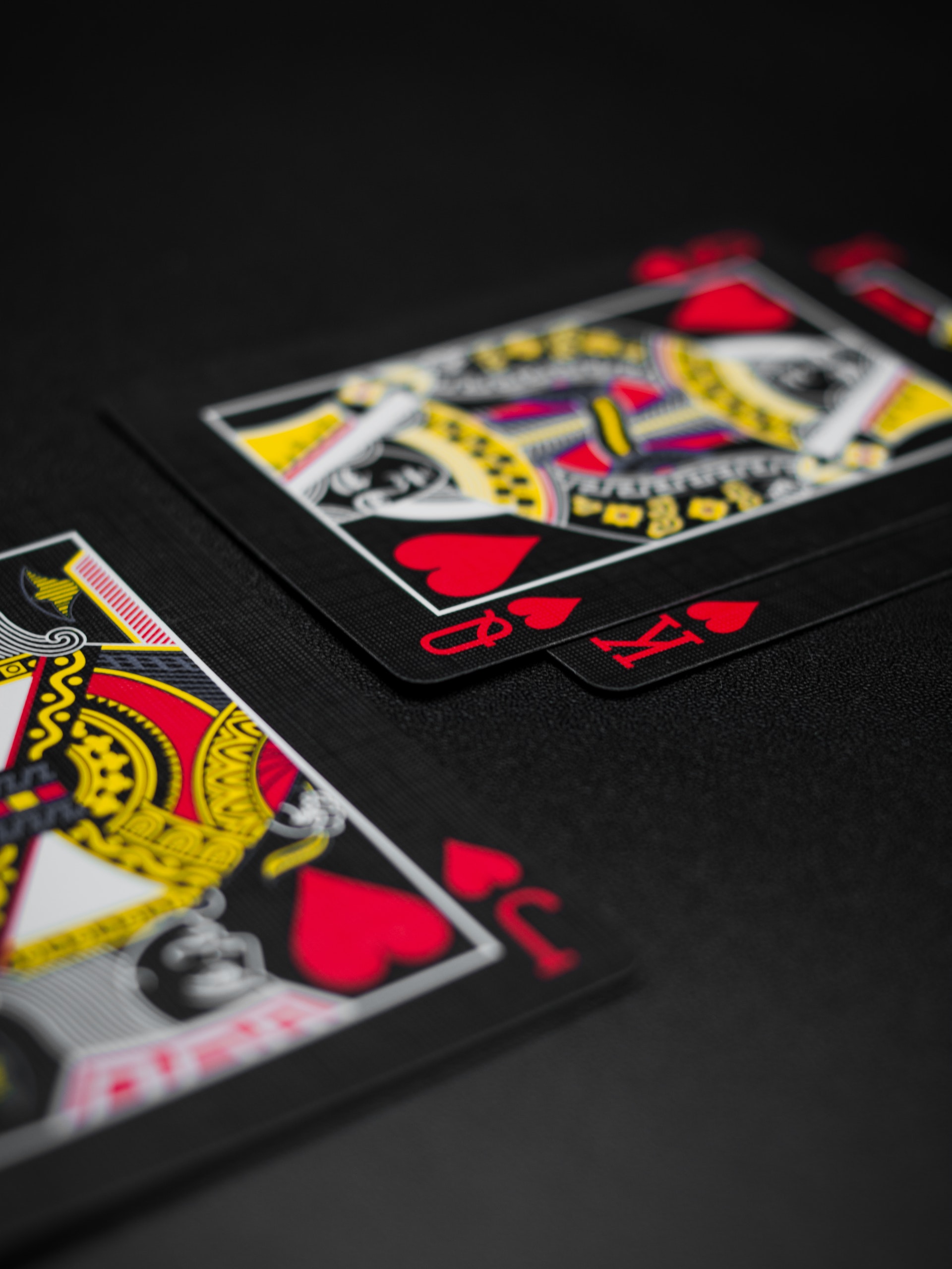
Learn basic strategy, which is a set of mathematically proved techniques that can help you win more at blackjack. You can cut the house edge to as little as half a percent by following these principles, making blackjack one of the five best casino bets!
Each casino has its unique set of rules, and basic strategy varies slightly depending on the number of decks in play. If you have an option and all the tables have the same regulations, go with a single deck that gives the player somewhat higher odds. The following games would be multiple deck (shoe) games and continual shufflers. It would be a good choice if the six-deck shoes had stronger rules, such as re-splitting aces and doubling down on any two cards. If the casino pays 6 to 5 on blackjack instead of the customary 7.5 to 5, don’t expect to win very often. As far as I’m concerned, that’s a deal breaker.
Basic Plan of Action
The formula described below can be used to play simple strategy. Except for European no-peak and surrender games, it is simplified for all blackjack game variants. You can still play those games with it, but mastering surrender rules will help you win more often. Simply look at your first two cards before looking at the dealer’s upcard and following the rules.
You will always split, double down, or hit until you get at least a hard 12 regardless of what the dealer has up. If you’re new to the game, start by learning how to play blackjack. Check the following list with your first two cards:
A firm grip
12: If the dealer’s upcard is 4, 5, or 6, stand; otherwise, hit.
13: If the dealer’s upcard is 2, 3, or 6, stand; otherwise, hit.
14: If the dealer’s upcard is 2, 3, or 6, stand; otherwise, hit.
15: If the dealer’s upcard is 2, 3, or 6, stand; otherwise, hit.
16: If the dealer’s upcard is 2, 3, or 6, stand; otherwise, hit.
Unless you have a split or soft hand, stand on 17 or above.
Doubles (Hard)
9: double if the dealer’s upcard is 3–6, else hit.
If the dealer’s upcard is 2 through 9, double; else, hit.
11: if the dealer’s upcard is 2-10, double; otherwise, hit.
Splitting Pairs
2/2: Split if the dealer’s upcard is 2–7, otherwise hit.
3/3: Split if the dealer’s upcard is 2–7, otherwise hit.
4/4: Success
5/5: As a ten, use doubling rules.
6/6: Split if the dealer’s upcard is from 2 to 6, otherwise hit.
7/7: Split if the dealer’s upcard is 2–7, otherwise hit.
Always split at 8/8.
Except against a dealer upcard of 7, 10, or ace, 9/9 is always divided.
Never split a ten.
Always split (A/A)
Hands that are gentle
A2/A3: If the dealer’s upcard is a 5 or 6, double down; otherwise, hit.
A4/A5: If the dealer’s upcard is a 4, 5, or 6, double down; otherwise, hit.
A6: If the dealer’s upcard is 3, 4, 5, or 6, double; else, hit.
A7: Double against a 3, 4, 5, or 6 on the dealer’s upcard. Defend yourself against 2, 7, or 8. If you’re up against a 9, 10, or ace, you’re in trouble.
You will do extremely well if you can master these guidelines and fight the impulse to deviate from them because you have a “hunch” (casinos love hunch betters!).
